Home • Latest mystery • Goodbyes • Time for tea • Blackbirds • Border collies
 Mary Tant's latest Rossington mystery – A Deadly Plot – was published on 17th March 2016.
Mary Tant's latest Rossington mystery – A Deadly Plot – was published on 17th March 2016.
Visit your independent bookshop or friendly crime specialist for a copy – or order it from the local library.
March 2017
Wednesday 1 March 2017
As the car slowed down I was aware of a small brown head moving in the ivy of the nearby hedge. A pair of bright eyes stared at me for a second, then the female blackbird continued feeding on the berries, her body completely hidden by the leaves.
Thursday 2 March 2017
Two large untidy buzzard nests are being refurbished in the beeches above the Hampshire village. A red kite is also building or repairing a nest, resting for a brief moment on a fence with a beakful of large twigs.
Friday 3 March 2017
The ivy grew thickly in another roadside hedge, and was seething with blackbirds, mainly females, as they fed on the berries.
Saturday 4 March 2017
Large flocks of sheep were clustered together in the middle of fields, either nibbling the greens or unearthing the roots of the winter crops. A solitary grey figure stood in the centre of a sodden pasture, a heron waiting for the frog bonanza brought out by the rain. Round the edge of the nearby fields deer slots in the muddy tracks showed that large numbers had been out grazing as soon as the rain let up.
Sunday 5 March 2017
The wind and rain have scattered leaves and twigs over the surface of my backgarden pond. But a heaving of water beneath them revealed a flash of bloated speckled frog belly as a female swam down into deeper water, a smaller male on her back gripping her firmly round the body.
Monday 6 March 2017
Fallen tree branches are often twisted and weathered into animal shapes. This one lay across the grassy edge of a ploughed field, and looked just like a sitting deer, head up, ears pricked, watching me pass. I know this route well, and suddenly realized there was no fallen branch there. This was actually a deer sitting quite calmly watching me pass by only a few yards away.
Tuesday 7 March 2017
Flocks of birds were busy in fields lining the road to Devon. The heavy rain must have brought out slugs and snails, and exposed lots of grubs, and the birds were on a feeding bonanza.
Their species changed as we travelled west. First it was flocks of wood pigeons that were busy among the green crop shoots. Then it was pheasants. And last of all it was crows.
Wednesday 8 March 2017
There have been sturdy lambs around in the Devon fields for some time. But today I saw lots of newly born ones. A pair came shakily towards me as I stood at a field gate, their bodies fragile, their legs unsteady and their great, slightly unfocussed, eyes staring with amazed interest at the world around them.
Thursday 9 March 2017
In the Dartmoor woodland shrunken and still, ants’ nests have suddenly come back to life. The warmer weather and sunlight has brought masses of newly emerged ants out of the depths of their pine needle coated earthen mounds. They mainly cluster close together at the top, but a few more determined individuals move sluggishly over the surface, choosing and bringing back new pieces of building material to start the spring rebuilding.
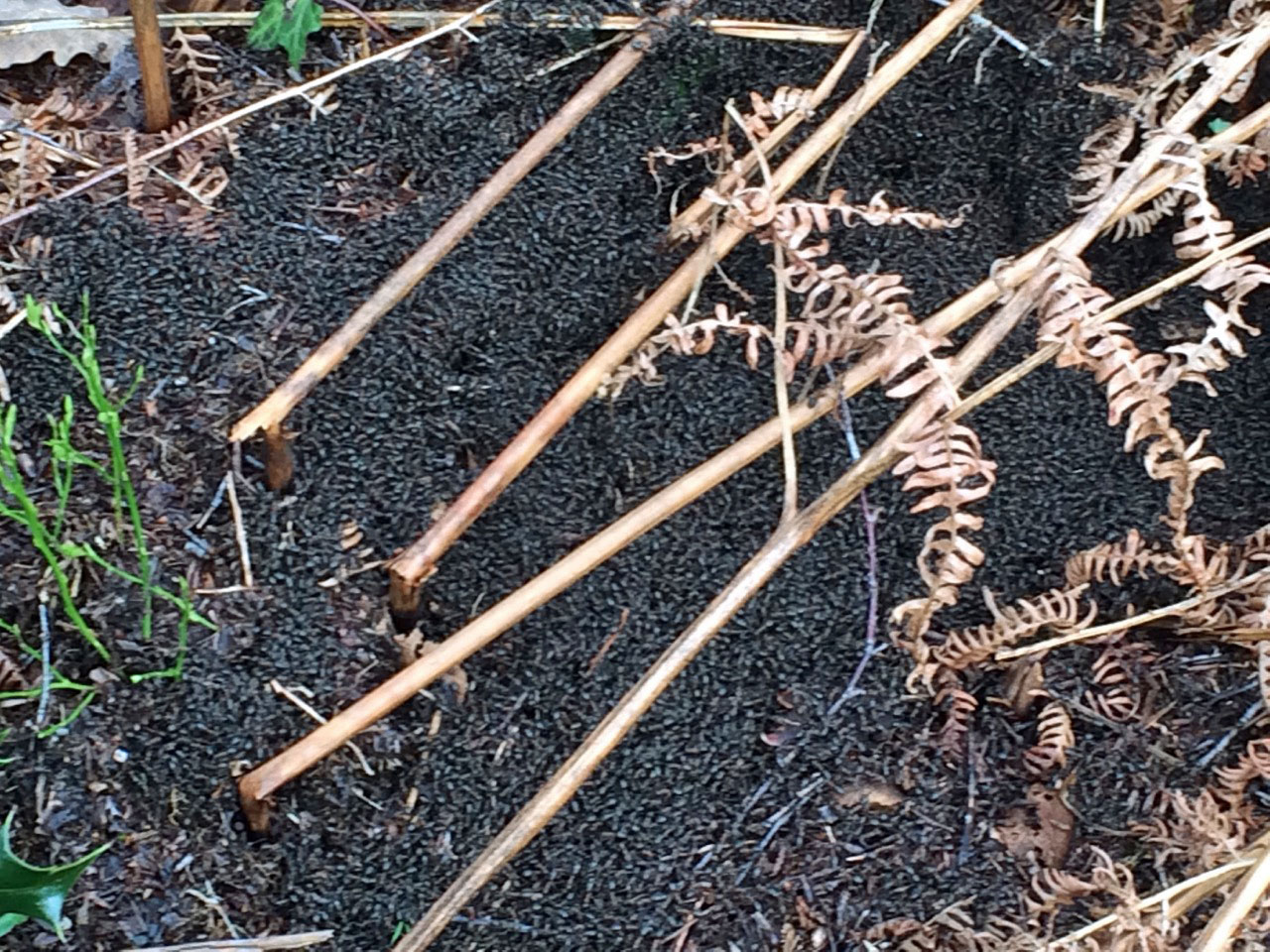
Friday 10 March 2017
The far west of Cornwall is heralded by broad yellow stripes in the fields as we turn down towards The Lizard peninsula, and there are patchwork squares of the same bright yellow in the distance. The daffodils have come out in full force, and have been early this year, so outside village shops and farm gates there are buckets with cut bunches of several varieties for sale.
Cauliflowers have done well too, so there are fields and fields of white globes in neat lines nestling in greenery, like a huge infant’s rows of marbles. These come for sale in small, medium, large and giant sizes.
Saturday 11 March 2017
As the tide goes out from the Cornish cove in the early morning there are regular visitors. Three little egrets stand close together on a rocky promontory, just above the sea, while on the far side of the bay a fourth solitary little egret wades through the shallow water. The latter’s approach is favoured by the visiting heron, who stalks slowly through the water’s edge, just below the rocky beach. The only sound track, apart from the gentle shushing of the waves, comes from a skirling flight of oystercatchers flying low above the tide line and over the promontory to the stony beach beyond.
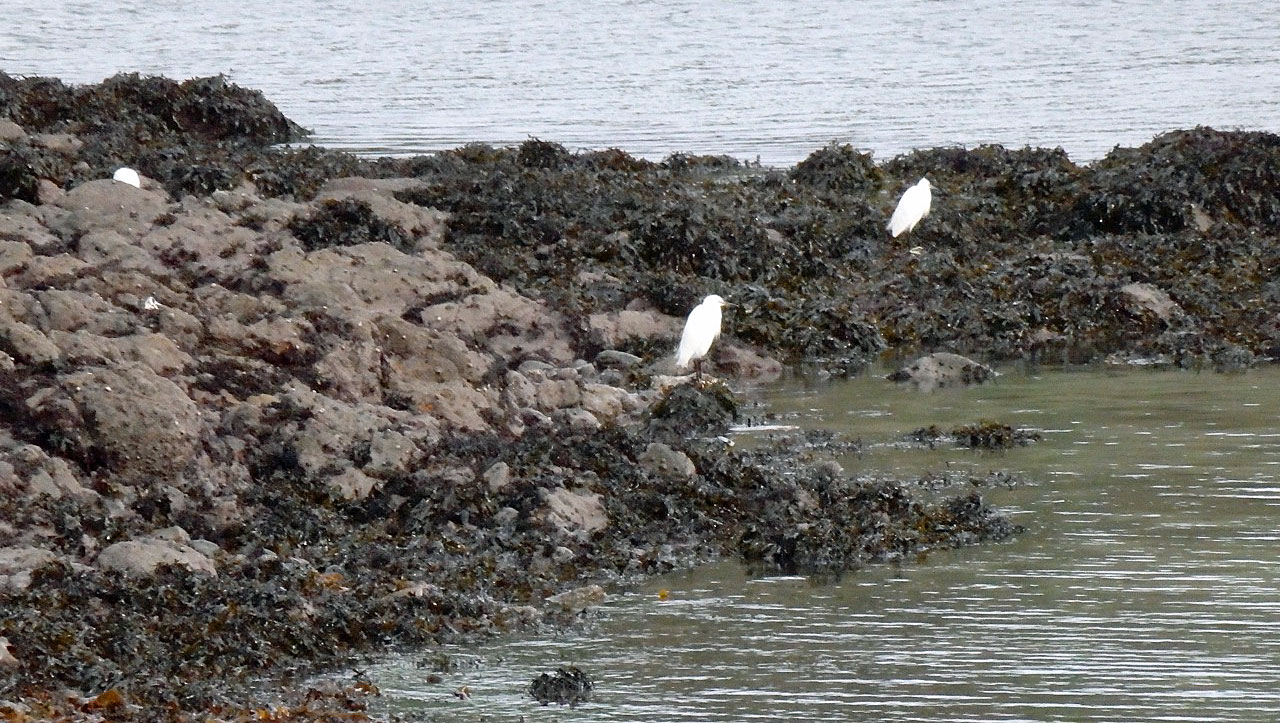
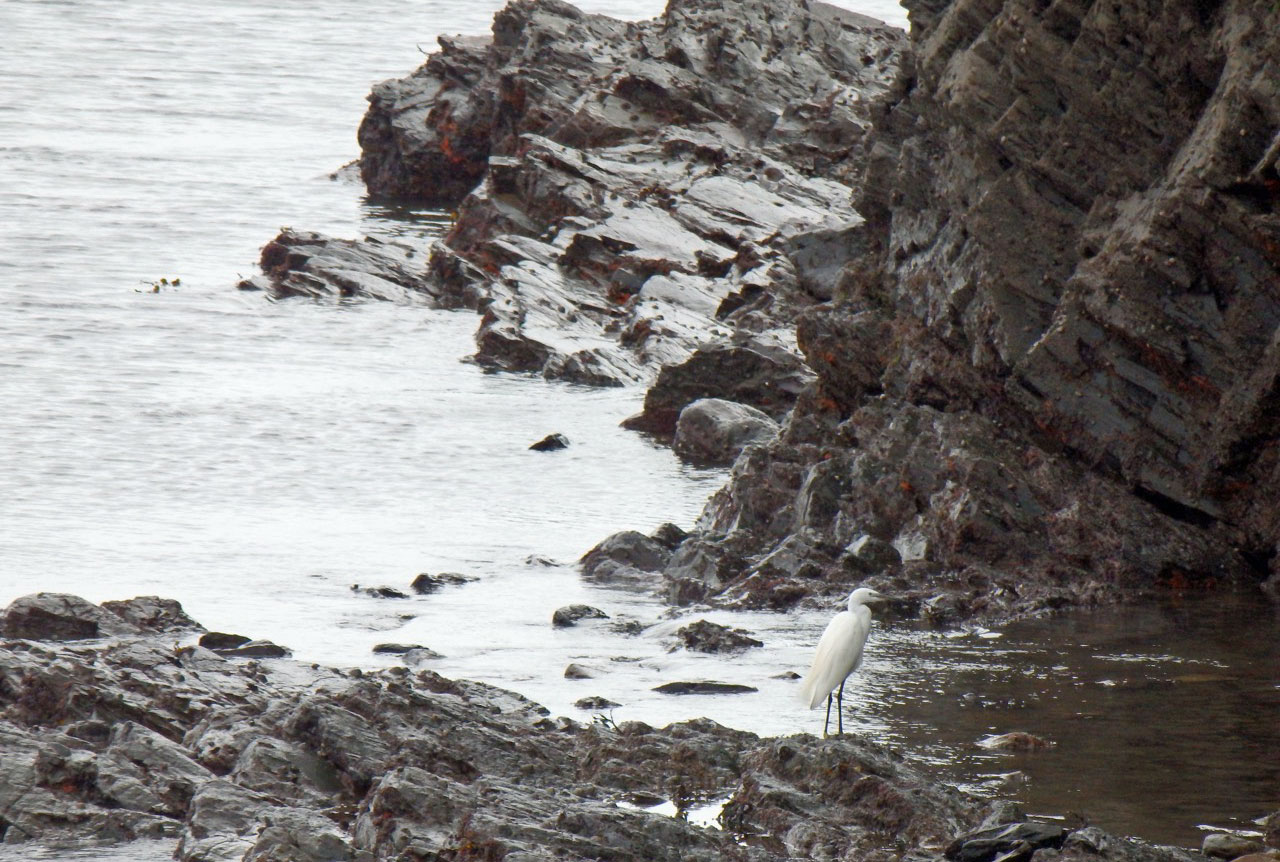
Sunday 12 March 2017
There are still elms in the Cornish woodland, slender saplings reaching up to the sky. But sadly these are suckers, so they only grow to a certain height and age before succumbing to disease.
Monday 13 March 2017
The sun sparkled from a clear sky over the Cornish beach. Seagulls were moving white curves against the blue of sea and sky. Sanderlings ran busily along the edge of the waves creeping up the sand. Lark song throbbed over the dunes beyond the beach, the notes falling from the sky without a sight of the birds.
Tuesday 14 March 2017
A line of rocks protrudes like a broken barrier at one end of miles of sandy Cornish beach. Exposed by the retreating tide, the rocks reveal the different sea life that they host. One is thickly covered with mussels, another by thick masses of seaweed, some of its tendrils splayed decoratively over the sand. And one rock bucks the trend for almost exclusive colonies on each weathered hunk of granite by providing a home for both mussels and seaweed, although with a distinct parting line between the two species.
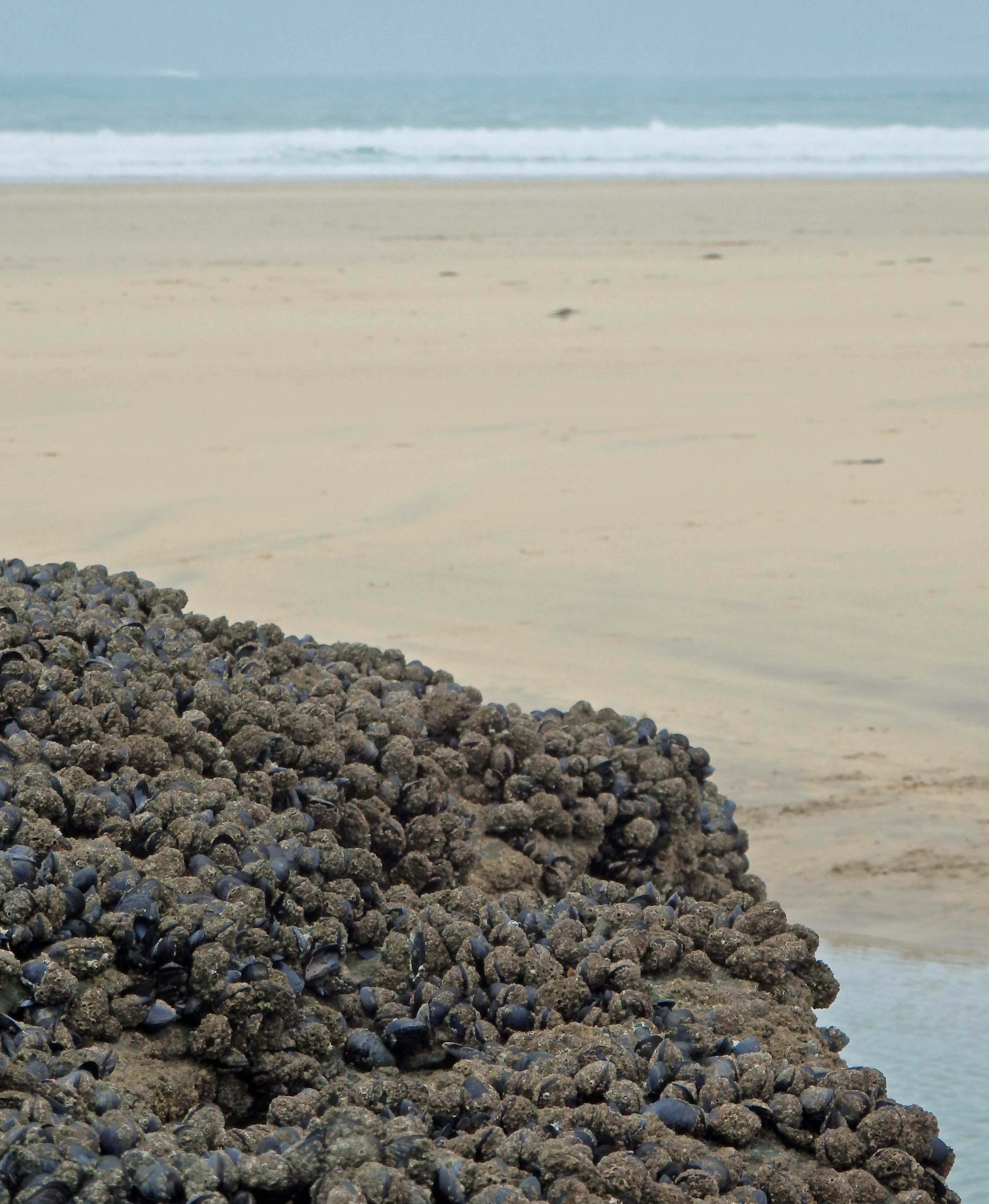
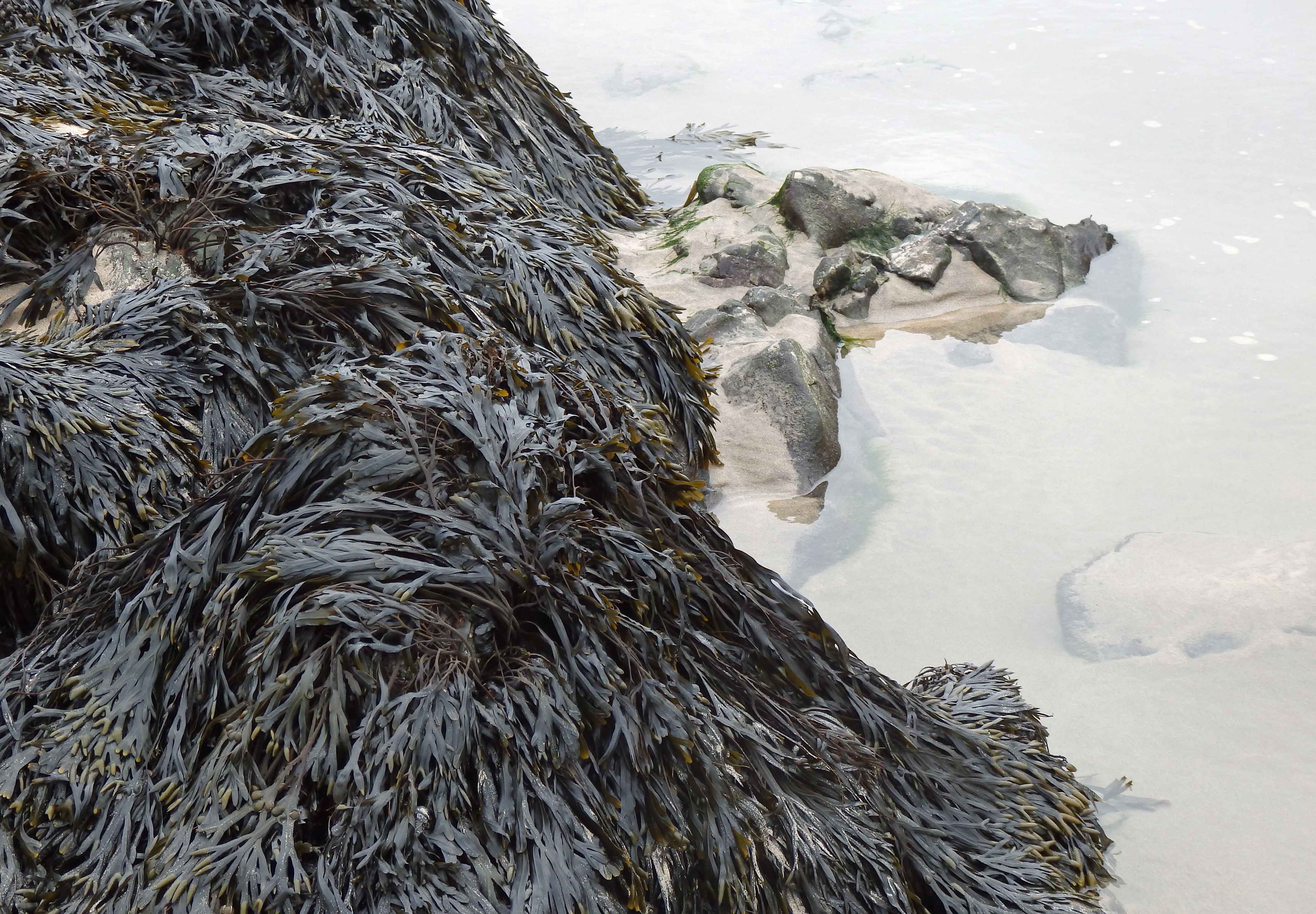
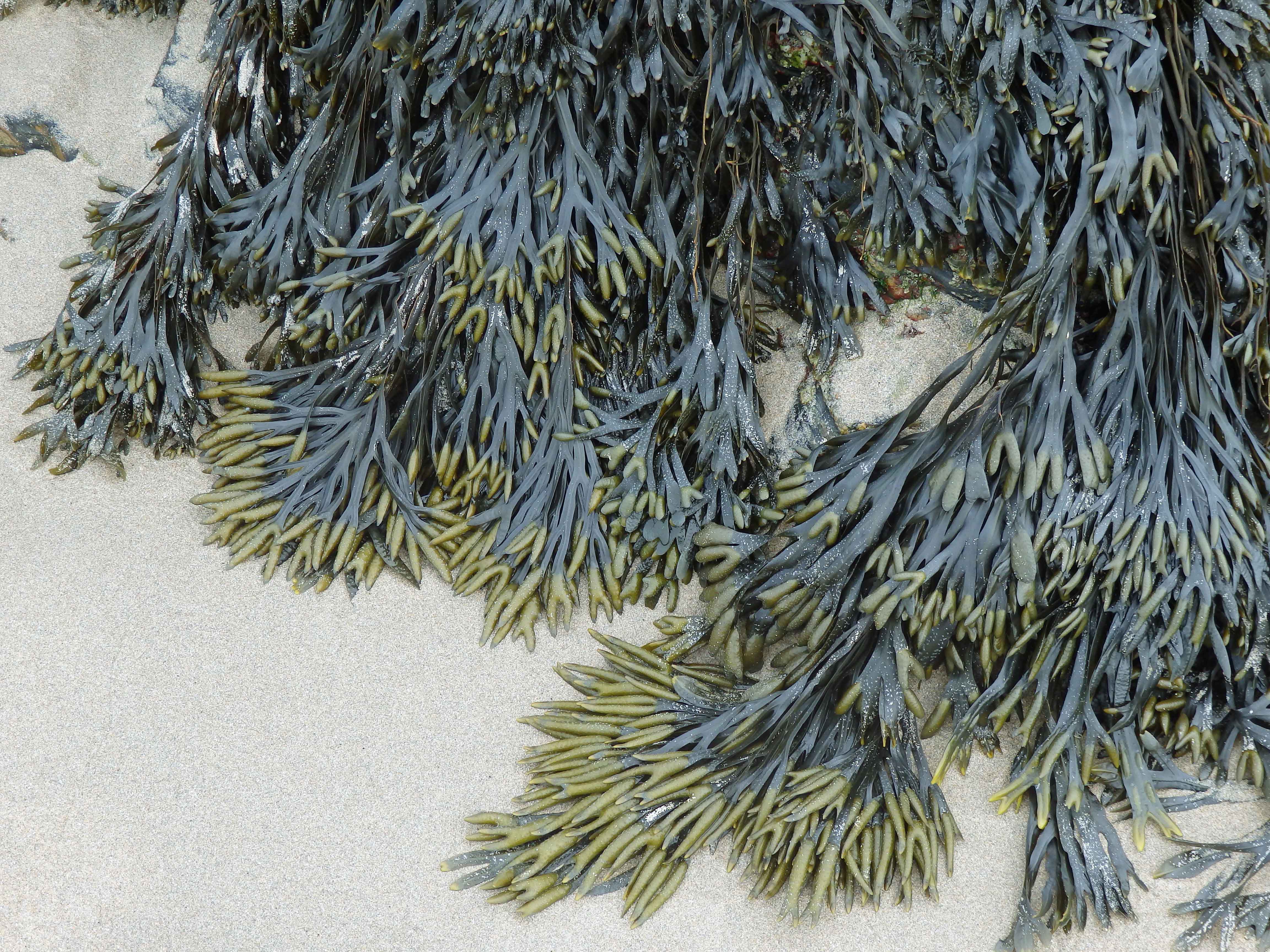
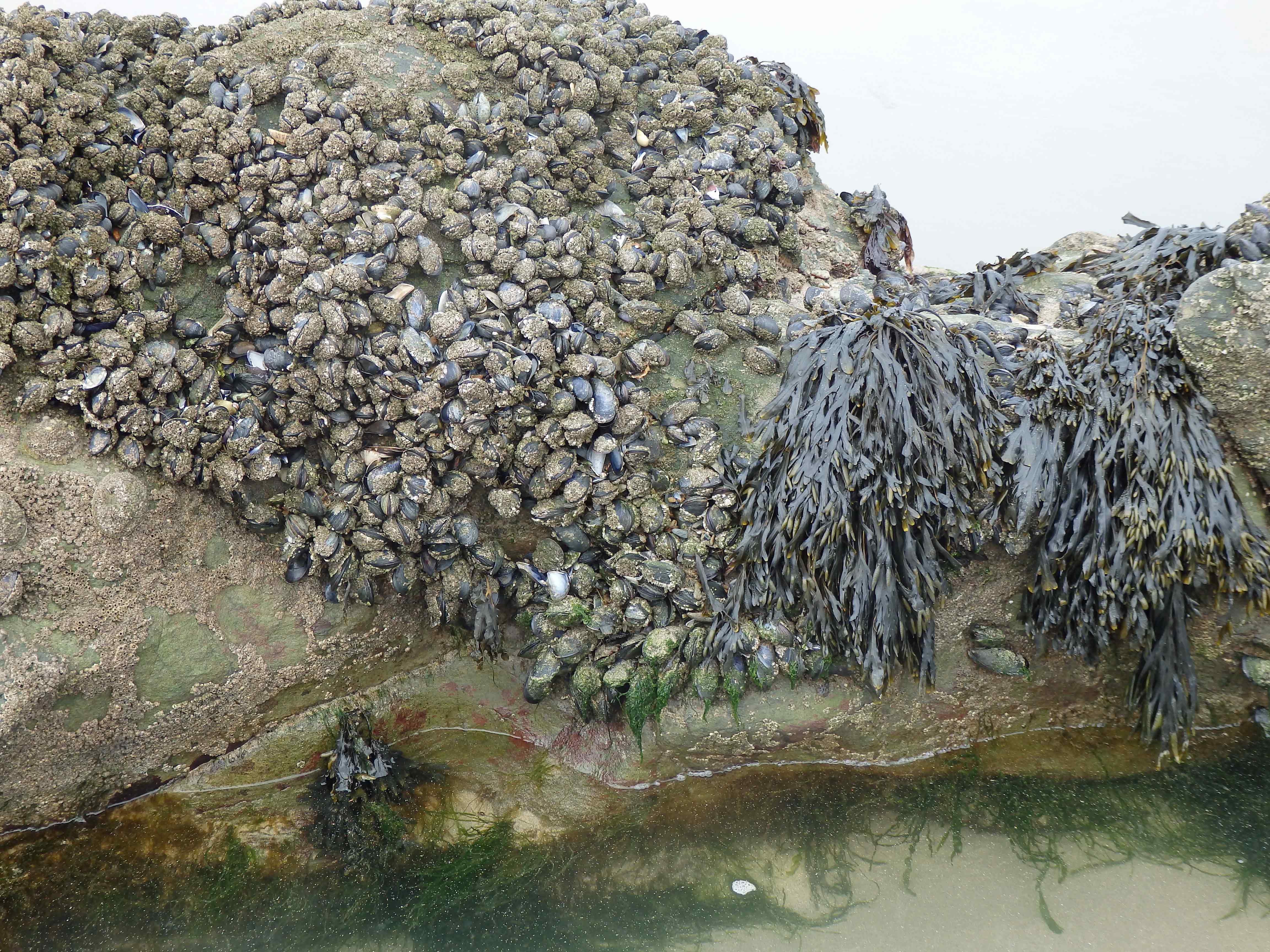
Wednesday 15 March 2017
The ilex oaks in the avenue create a tunnel of sheltered darkness. Beyond their trunks, the field is brightly lit by moonlight, and primroses glow with a soft radiance on the outer banks of the avenue. Tawny owls call from a distant woodland, and close by a fox screams.
Thursday 16 March 2017
A man cycled slowly down the green lane, a bucket with a collection of paraphernalia balanced over his handlebars. He was off to the mud flats of the Helford river, to collect winkles while the tide was out – and expected to gather forty kilos. He’d leave them in sacks to be collected later by boat when the tide came in again.
Friday 17 March 2017
When I first saw a little egret in Cornwall it was a rare and exciting sight on the mud flats of the Helford river. Now I spot them in small groups in almost every part of the Helford that I visit.
Saturday 18 March 2017
A fluttering in the cottage lamp caught my attention, and there was a long-tailed tit trapped behind the glass, trying frantically to batter its way out. My companion eventually managed to use a stick to open the catch and release it. How it got in we couldn’t imagine.
Sunday 19 March 2017
Daffodils are persistent plants, and continue to grow sporadically in Cornish fields where they were once planted as a spring crop. It’s still possible to trace the rows that were once there, from the flowers that still bloom brightly in small clumps along the original lines.
Monday 20 March 2017
The Cornish cottage garden rises steeply outside the bedroom window. The opening of the bedroom curtains in the mornings briefly startled a large rabbit, who was happily grazing only a couple of feet away.
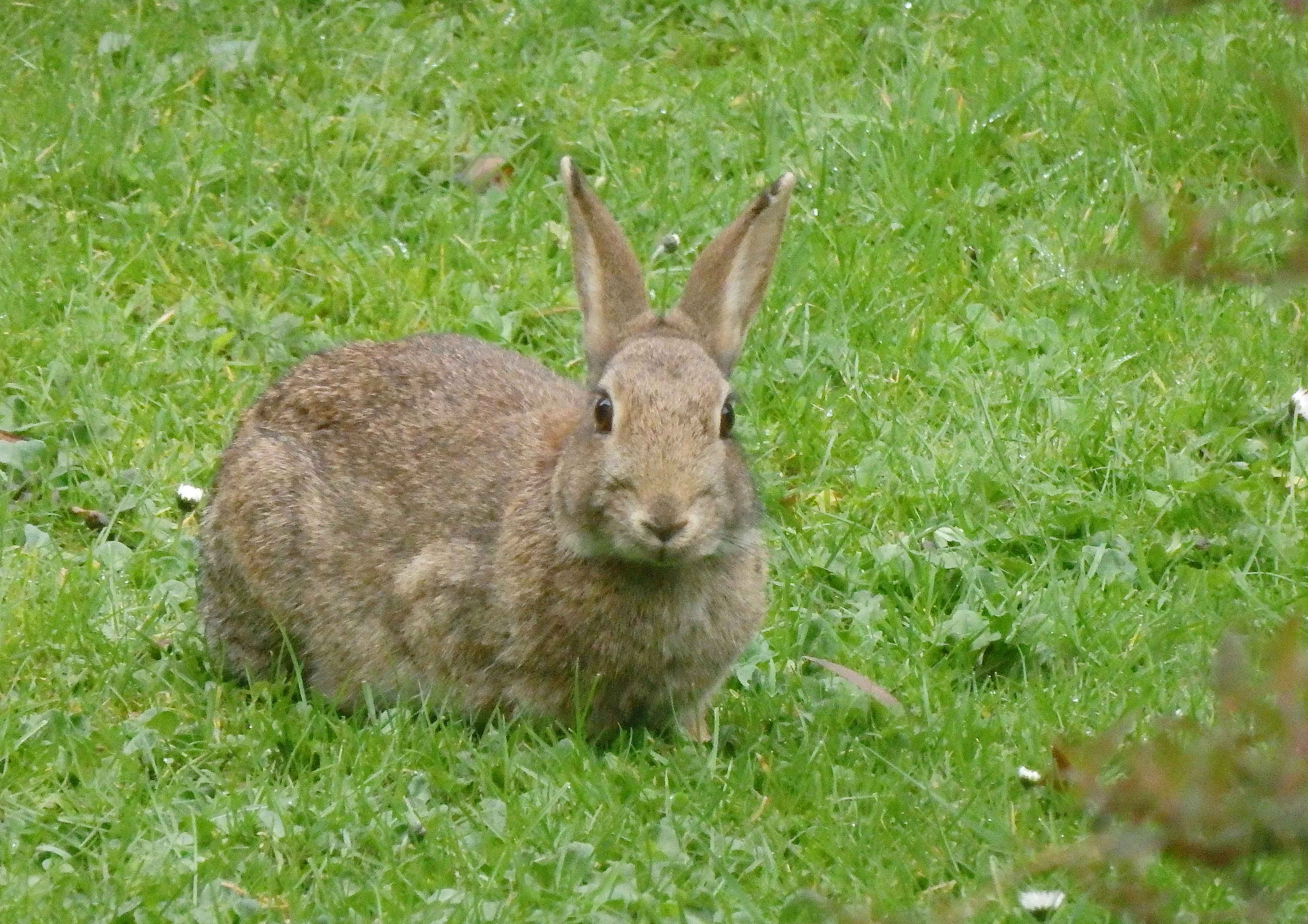
Tuesday 21 March 2017
The river Bovey tumbled and rolled over large rocks as it made its way below the wooded Dartmoor slopes. A small round bird undulated its way through the air above the water, a dipper making its way down the river’s course to another perch. The only other movement apart from the water was also from a bird, a grey wagtail that dipped over the pools to perch briefly on a rock in mid river.
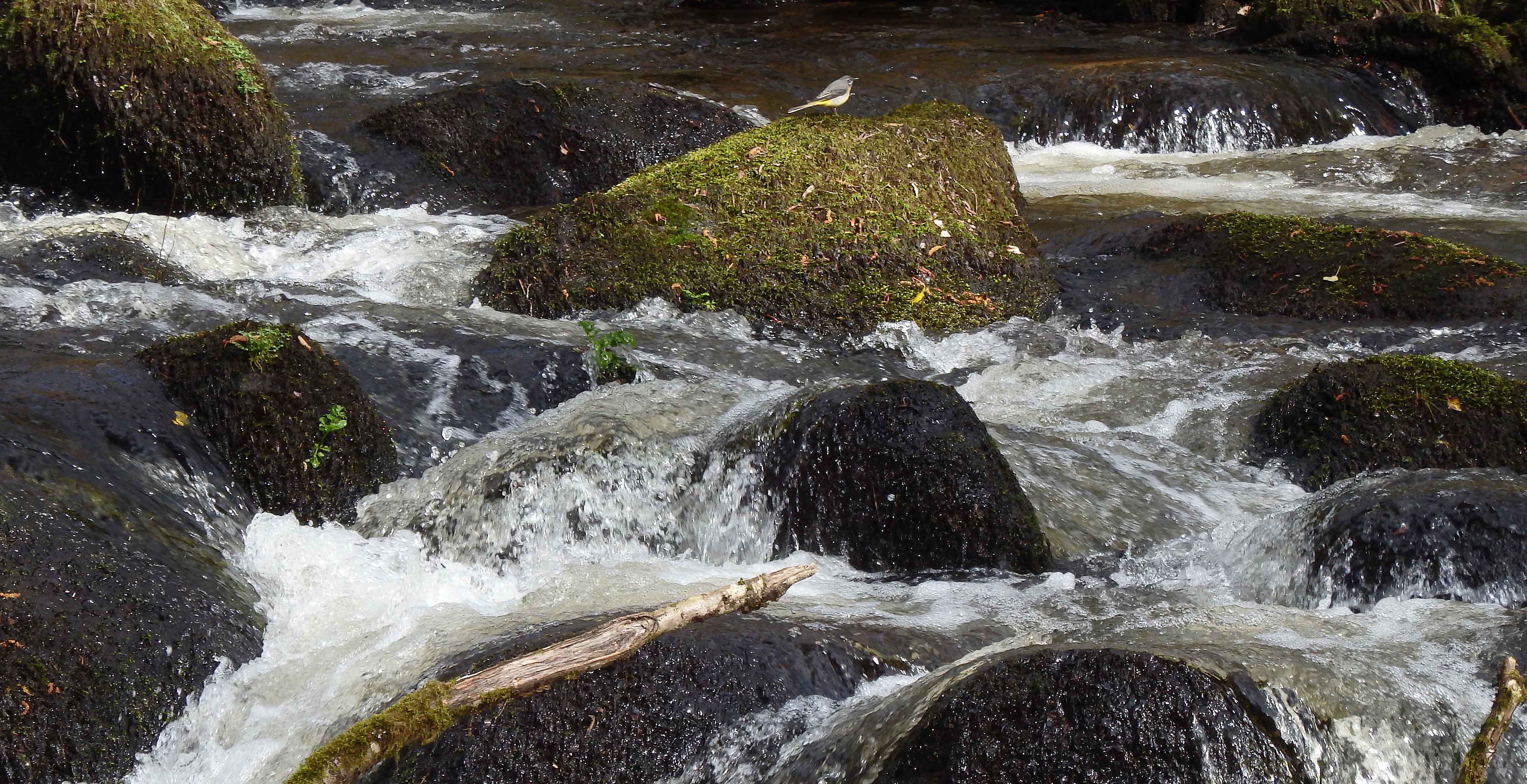
Wednesday 22 March 2017
A fishing boat off Dartmouth came to an unexpected halt when a humpback whale became entangled in its nets. The fishermen managed to cut the nets, releasing the boat, and divers came out to free the whale from any remaining rope.
The whale has been sighted in the area for about three weeks, presumably having come off its usual course between its wintering grounds north of the Orkneys and its summer breeding grounds in the Caribbean.
Thursday 23 March 2017
Thunder and lightning raged over the Dartmoor cottage during the night, hailstones battered the windows. The next morning the brook water was brown, roiling rapidly over the rocks on its bed, almost hiding them from sight.
Friday 24 March 2017
The first of the local Dartmoor lambs had just been born when I want out with the dog on Monday. I watched it stagger to its feet, and stand wobbling in the open field, dazed by all the space and light. By this morning, the fields around the cottage were hosting several lambs, often twins, and their mothers, and the air was full of their bleating.
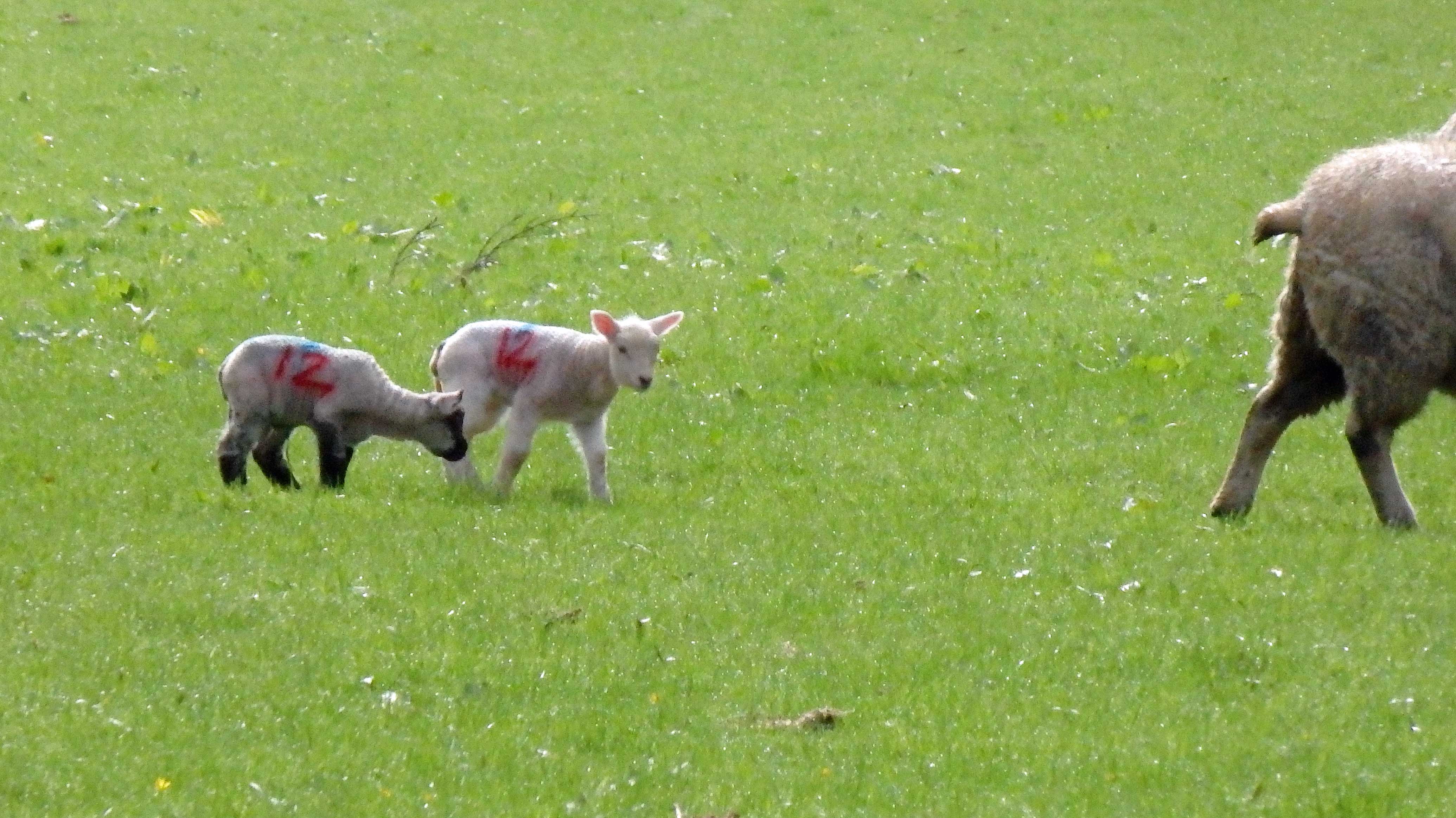
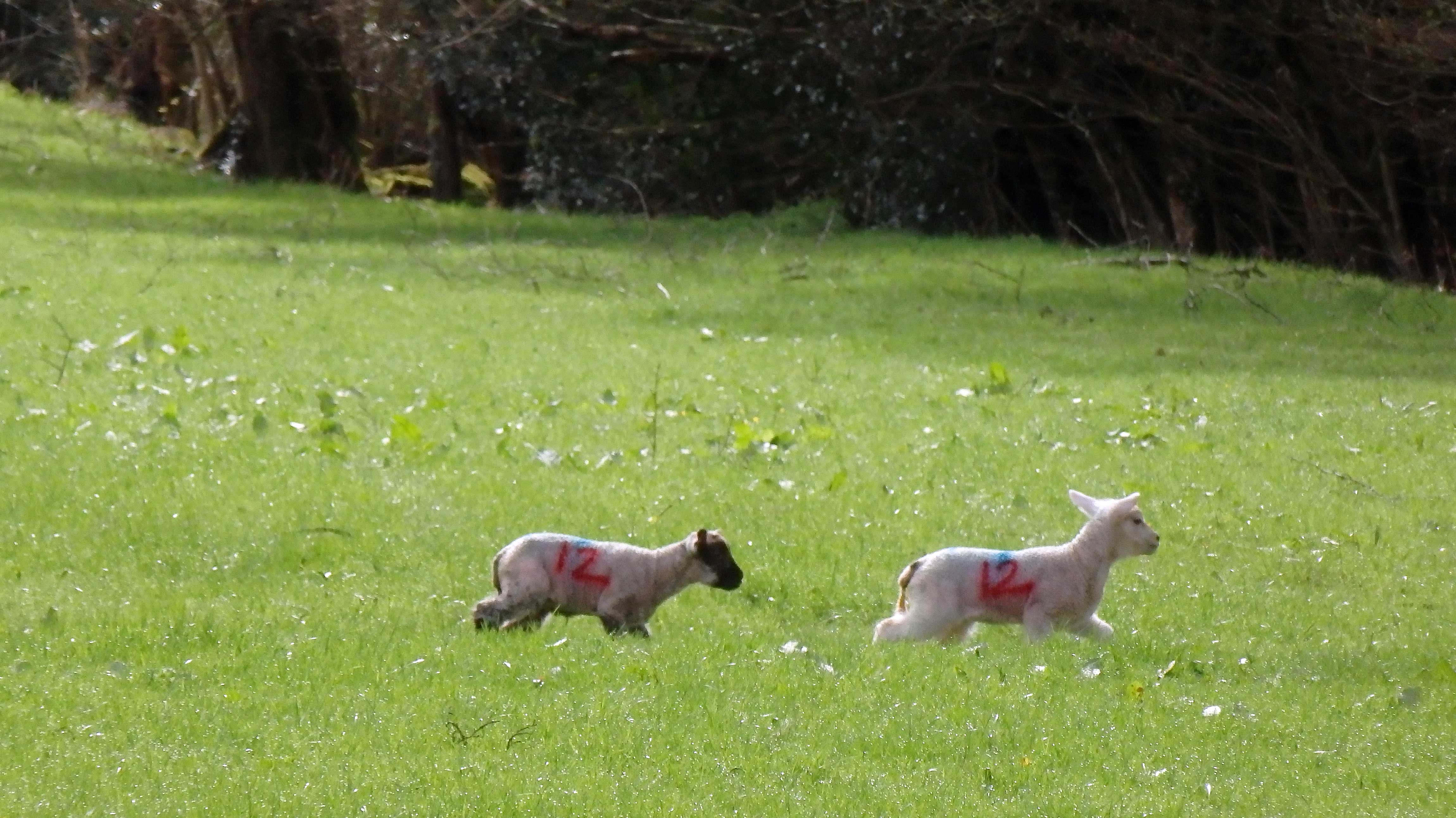
Saturday 25 March 2017
Beekeepers always look slightly like displaced spacemen to me. This one was no different, a strange figure all in white and helmeted, half glimpsed through the trees as he, or she, checked the cluster of hives in the parkland by the river Bovey.
Sunday 26 March 2017
The Dartmoor woodland may host oil beetles with their iridescent carapaces. These beetles are parasitic on solitary bees, with the beetle larvae lurking on flowers to hitch a bee lift back to the bee’s nest where they then feed on the bee eggs and nectar and pollen stores until they become adult beetles.
Monday 27 March 2017
The wind was getting stronger in the Hampshire woodland, ratchetting up the sound until our footsteps were unheard. A young fallow hind startled out of the bushes, only a yard ahead of us, her white tail bobbing as she darted away. Her movement startled a buzzard into silent flight just above our heads.
Further ahead I could see dark shapes moving slowly through the silvery grey beech trunks, and paused to watch five more deer pass through the copse. They were quite undisturbed by us, and took their time, silent in the oncoming storm.
Tuesday 28 March 2017
My back-garden pond has sprouted two lots of frogspawn, which are almost disguised by the litter of leaves and twigs blown down by the wind.
Wednesday 29 March 2017
The slope of beech and oak trees in the Hampshire woodland has seen new badger activity. Close to the field path, a fallen tree partially screens a newly excavated hole with a smooth slide into and out of it that indicates frequent use. Higher up are more extensive excavations, betrayed by the large heap of shining white chalk that has been piled up outside the entrances.
Thursday 30 March 2017
A crow flew steadily over the trees towards the rookery, a large round object gripped firmly in its beak. Presumably a large nut, or a piece of bark for nesting.
Closer to, a red kite circled low, a couple of twigs in its beak, as it considered us. It almost felt as if we, and particularly the dog, were being sized up.
Friday 31 March 2017
A male pheasant, iridescent in gold, foraged among the gleaming yellow celandines, pecking off the flower heads.